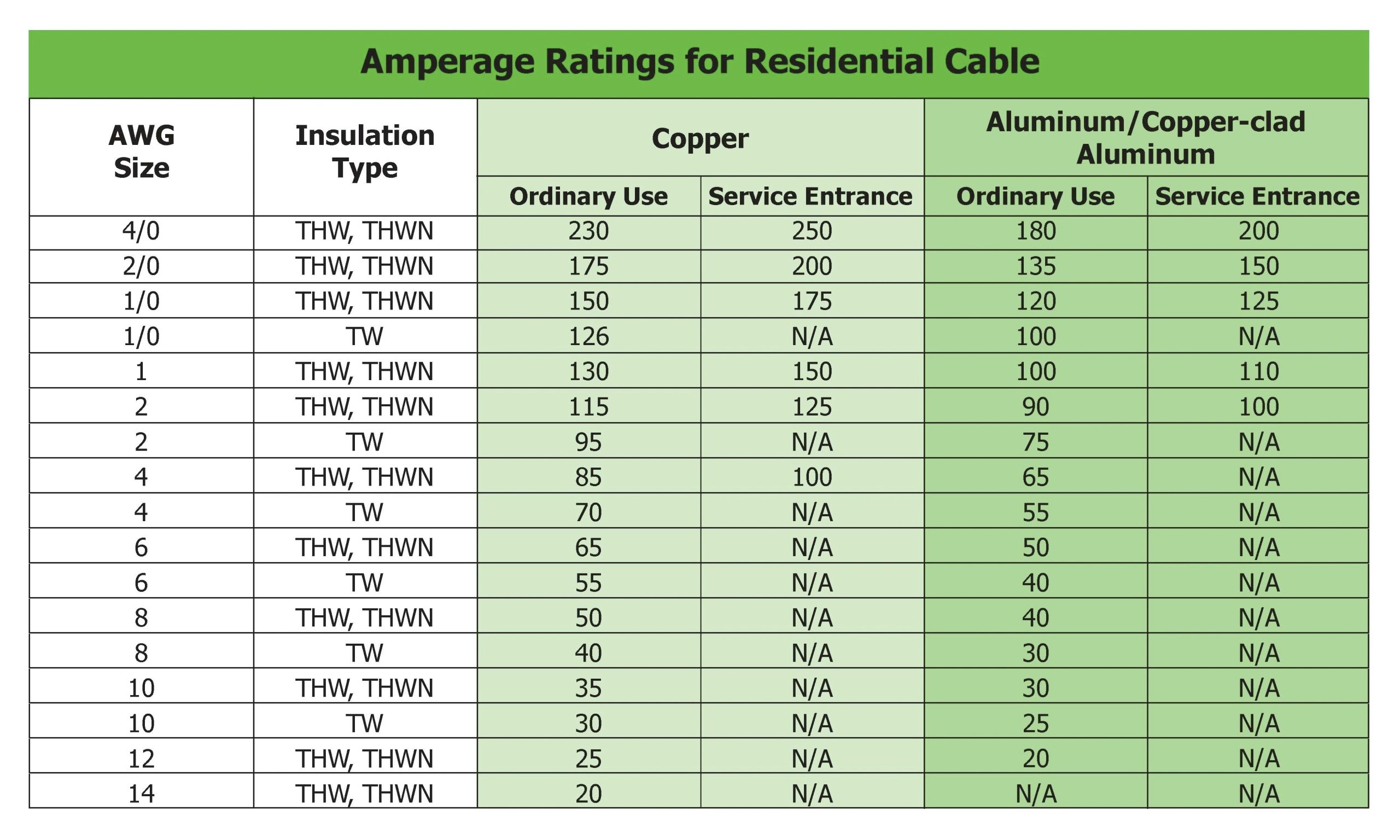This comprehensive guide dives deep into the world of 14 gauge wire, exploring its ampacity, applications, and crucial safety considerations. Understanding these aspects is essential for any DIY enthusiast or homeowner tackling electrical projects.
Understanding 14 Gauge Wire
14-gauge wire is a common sight in residential wiring. But what exactly is 14 gauge wire, and what are its limitations? Let’s break it down:
What is 14 Gauge Wire?
“14 gauge” refers to the wire’s diameter according to the American Wire Gauge (AWG) system. Lower AWG numbers indicate thicker wires. A 14 gauge wire has a diameter of roughly 1.63 mm and a cross-sectional area of around 2.08 mm². This seemingly small size plays a significant role in its current-carrying capacity, or ampacity.
Ampacity and Temperature: A Crucial Relationship
Ampacity is the maximum current a wire can safely conduct without overheating. For 14 gauge copper wire, the generally accepted ampacity is 15 amps at 60°C (140°F), the standard residential temperature. However, this isn’t a fixed number. As the ambient temperature increases, a wire’s ampacity decreases. Think of it like trying to run on a hot day – you likely tire out faster. Similarly, a wire’s ability to carry current diminishes in hotter environments. Different insulation types, like THHN, might allow for slightly higher ampacities under specific conditions, but always consult the NEC for confirmation.
Safe Applications of 14 Gauge Wire
14 gauge wire finds its home in various low-amp circuits throughout your house. You’ll probably encounter it in:
- Lighting Circuits: Most standard lighting fixtures in homes operate safely on 14 gauge wire.
- Outlet Receptacles: The familiar outlets powering your lamps, phone chargers, and computers are typically wired with 14 gauge.
- Small Appliances: Many small appliances, like coffee makers, toasters, and some microwaves, fall within the safe operating range of 14 gauge wire. However, always check the appliance’s power requirements; some microwaves may demand a dedicated circuit with thicker wiring.
Are you curious about the ratio between a 1 2 gypsum wallboard and concrete? Wonder no more, because we have an article that explains how much yardage you can get from an [80 lb bag of concrete] (https://www.wavesold.com/1-80-lb-bag-of-concrete-how-many-yards).
When Not to Use 14 Gauge Wire
While versatile, 14 gauge wire isn’t suitable for all applications. Avoid using it for:
- High-Power Appliances: Appliances that generate significant heat, such as electric ovens, clothes dryers, water heaters, and air conditioners, require thicker gauge wires (like 12, 10, or 8 gauge) to handle higher current demands.
- 20-Amp Circuits: Never use 14 gauge wire for a 20-amp circuit. The National Electrical Code (NEC) explicitly mandates 12 gauge wire for these circuits to prevent overheating and fire hazards. Learn more about this crucial distinction: Can you run 20 amps on 14 gauge wire?
- Long Runs: While not always a major concern in typical homes, excessively long wire runs can lead to voltage drop, effectively reducing the ampacity. Consult an electrician for guidance on long runs.
Safety First: Essential Precautions
Electrical work can be complex, and safety should always be your top priority. Here are some vital guidelines:
- NEC Compliance: The NEC is the gold standard for electrical safety. Always ensure your wiring complies with its guidelines and any applicable local codes.
- Circuit Breakers: These safety devices protect your wiring by tripping and cutting off the power if the current exceeds the wire’s ampacity. A 15-amp breaker is the standard pairing for 14 gauge wire.
- Professional Consultation: If you’re unsure about any aspect of your wiring project, consult a qualified electrician. They can assess your specific needs, ensure compliance with codes, and provide expert guidance, safeguarding your home and your well-being.
Delving Deeper: Advanced Considerations
- Wire Length and Voltage Drop: Longer wires experience voltage drop, subtly affecting their effective ampacity. While not usually a primary concern for standard household circuits, it’s worth considering for extended runs.
- Insulation Types: Various insulation types, such as THHN, offer different temperature ratings, potentially impacting the wire’s ampacity. Consult the NEC for specific guidelines on different insulation types.
- Bundled Wires: When wires are bundled together, their heat dissipation is reduced, which can lower their effective ampacity. The NEC provides derating factors for bundled installations.
- Environmental Factors: Extreme temperatures, humidity, and other environmental conditions can also influence a wire’s performance. Consult an electrician for advice on wiring in challenging environments.
Future-Proofing Your Wiring
While 14 gauge wire adequately serves many current needs, consider future-proofing your home’s electrical system during renovations or new construction. Using 12 gauge wire for 15-amp circuits, while not required, allows for greater flexibility and potential future upgrades without rewiring.
Key Takeaways
- 14 gauge wire is rated for 15 amps at 60°C under normal conditions.
- Higher temperatures and other factors can decrease its ampacity.
- It’s suitable for lighting, outlets, and small appliances, but not for high-power appliances or 20-amp circuits.
- Always adhere to NEC guidelines and consult a qualified electrician for any wiring projects.
By understanding the capabilities and limitations of 14 gauge wire, you can ensure your electrical projects are safe, compliant, and built to last. Remember, when it comes to electricity, knowledge is power – and safety.
- Annapolis Mall Map & Directory: Find Stores, Restaurants & More - March 29, 2025
- Angel of Harmony Statue Vandalized at St. Louis Cathedral Basilica - March 29, 2025
- Amur River Maple ( Acer ginnala): A Comprehensive Guide (Including Invasiveness) - March 29, 2025










